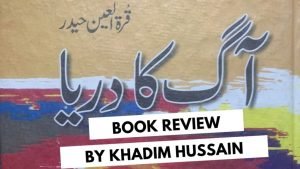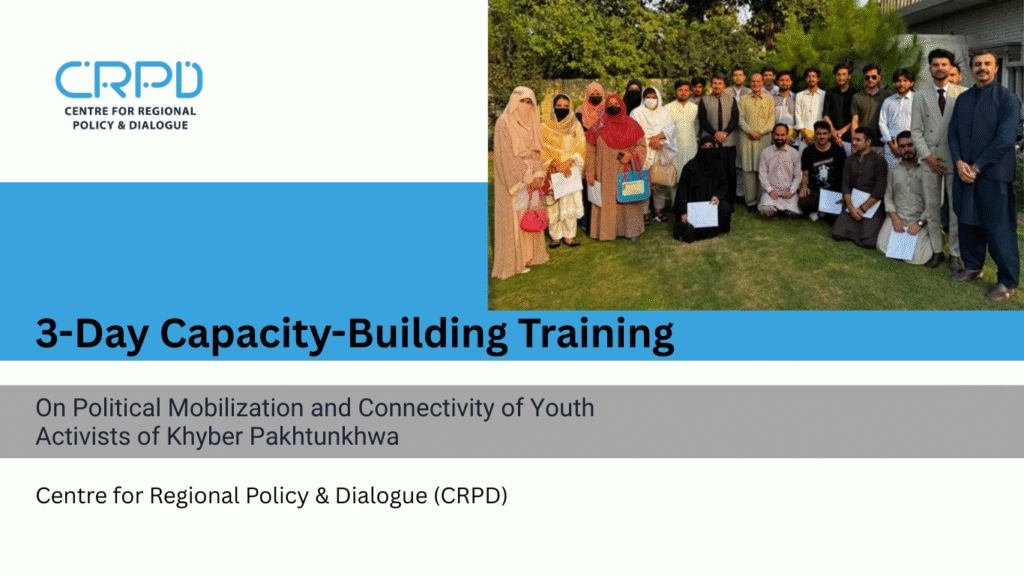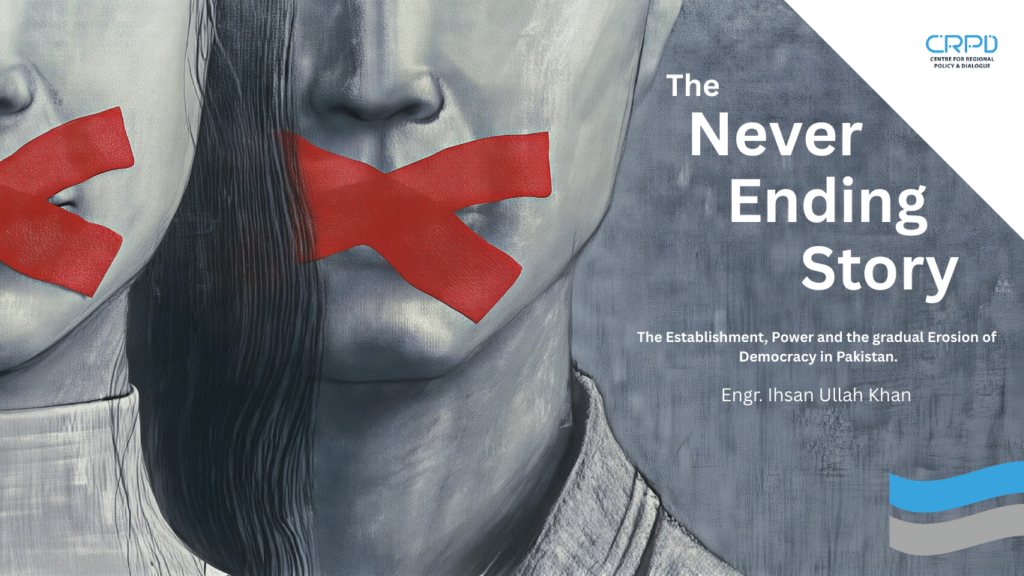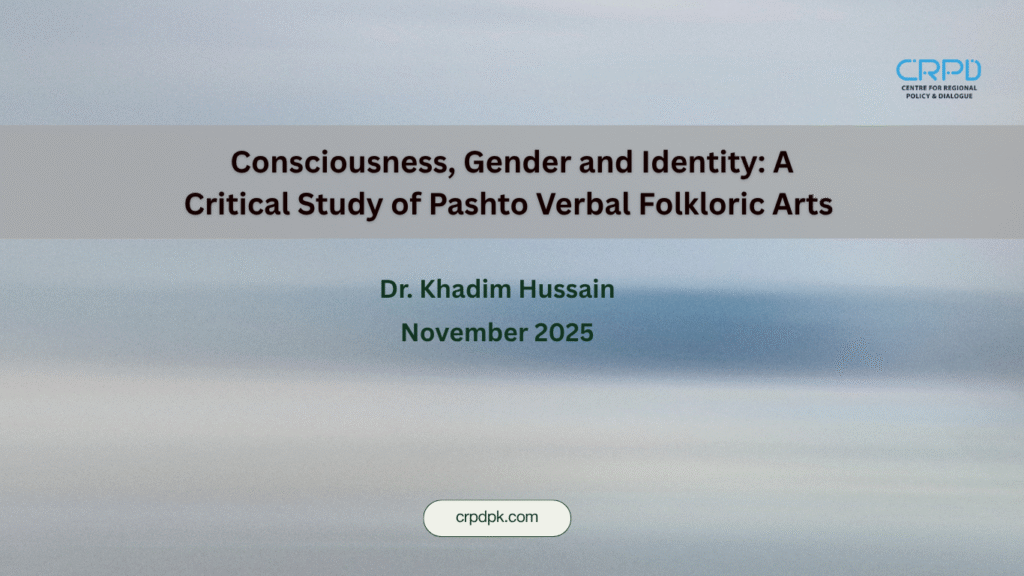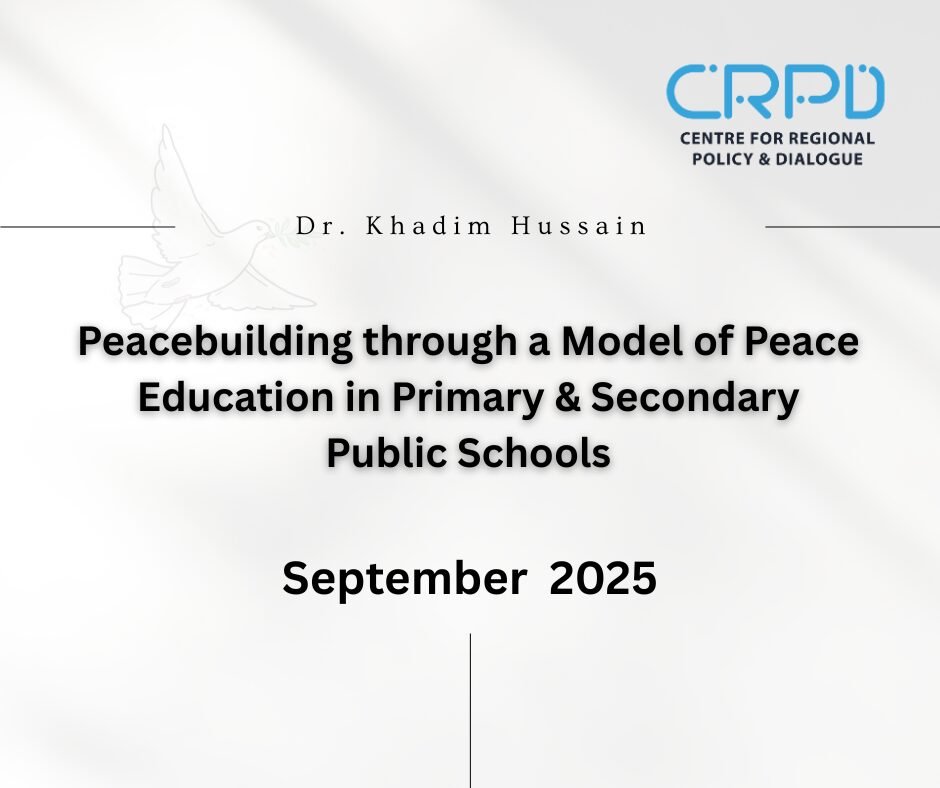India
Khadim Hussain
18th June 2024
- Introduction
The Urdu Magnum Opus, Aag Ka Darya (The River of Fire), by Qurratulain Hyder, was first published in 1959. Britanica tells us that “Qurratulain Hyder (born January 20, 1927, Aligarh, British India [now in Uttar Pradesh state, India]—died August 21, 2007, Noida, (Uttar Pradesh, India) was an Indian writer, editor, scholar, and translator who helped the novel become a serious genre of hitherto poetry-oriented Urdu literature. Her masterwork, Aag ka darya (1959; River of Fire), has been compared to those of Colombian novelist Gabriel García Márquez and Czech novelist Milan Kundera”.
Reading its 2018 edition published by Sang-e-Meel Publications, Lahore, the second time revealed a whole universe of symbols, motifs, metaphors and idioms created out of a rich corpus of the physical and ideological diversity in the Indian sub-continent. This is how a classical text (classical in the sense explored by T.S. Eliott) continues to exhibit a multi-layered construction of reality corresponding with the traditions in vogue in the times of the reading the text. Aag Ka Darya can be interpreted and analysed from various angles. The whole semantic existence of the novel is discerned from the artistic and critical synthesis of all the numerous angles painted in the novel in an exceptionally creative flow. I will start from an effort to reconstruct the fictional universe of the novel and then move on to its artistic value.
- Fictional Construction of History and Social Evolution of India in the Novel
The time and space of the novel is too vast to be grasped through normal reading as is usually the case with any other work of serious fiction of this magnitude. The natural environment, native communities, social organization and political economy of north, south and west of the Indian sub-continent with unique strokes and unparalleled skill. When Gotam Neelambar swims through the ravine to reach Sharawasti (ancient name of perhaps Luknow, north eastern city of the present day UP in India), and Rajkumari Champa along with her friend Nirmala sitting on the banks of the ravine on the margins of a thick forest inform us about the learning environment of the time through their remarks. Both Champa and Nirmal belong to the royal family. Nirmala’s dear brother Hari Shankar has also been wandering in search of knowledge. The conversation of Champa and Nirmala enlightens us about ‘viddyarati’ (students) of the time. The learners give up homes, depend on local communities for food, never use any material facility, sleep on rough sheets, train their senses in observation and train their minds in abstract thinking. They choose a mentor (Gurve), live in the temple of his mentor, toil in the land donated for the temple to arrange for the necessities of life for his Gurve and his family and read ancient Sanskrit texts of philosophy, mathematics, logic and metaphysics.
This is the time long before the Maurya rule and a few decades after Sidharta Gothama taught Nirvana—”the extinction of desire, hatred, and ignorance and, ultimately, of suffering and rebirth”—some two thousand and five hundred years before the birth of Jesus Christ in the middle eastern deserts. The Ramayana and Mahabharata are still household readings but a variety of faiths and iconoclastic ideas are debated and contested among students and their teachers. The contesting ideas never lead to violence among their adherents. Music, sculpture and folk dances are integral parts of the cultural life. Small pockets of rule are established and one rarely hears battles among them. This is the era when those with a spirit of inquiry are free to explore physical universe and the universe of ideas. Adherents of various faiths are free to debate and disseminate their ideas and interpretations with no violent repercussions from the other faith denominations.
Almost all students in various temples that spread across the continent are skilled in philosophy, metaphysics, logic and several arts. Complex questions surrounding existence of universe, nature of life & death, nature of lifer after death, nature of creation, nature of deities, and nature of life are debated in temples, forest niches of ascetics and travellers’ rest places (Serais). The institution of marriage seems to have been established and the equation of relationship between man and woman seems to be equal and open. Theatre has turned into a commonplace entertainment. Individual ownership of land and large landholdings are yet to be fully in vogue. Farmers, artisans and religious clergy live a collective life of interdependence. Forests, fruits, vegetation, flowers, birds, ravines, fountains, rivers, crops, colours and sounds are in abundance. Hymns for deities are heard from every corner of human population. The young men and women are heard to leave homes for forests and mountains in search of knowledge and truth.
All these dynamics of the social, cultural, epistemological and physical world make themselves manifest in the travels of Gotam Neelambar, his debates later with Hari Shankar and his collection of food from villages and hamlets.
Then comes the era of Cyrus—the Iranian, some 600 years before the birth of Jesus Christ. People in villages and bazars talk about Iran and their people who have extended their rule to the land of Mahabharata but the rule seems to prevail only in the perpheries of India, especially its northern margins. Common people gossip about the king of Persia who worships fire—a reference to Zoroastrian religion. The ideas and belief system brought by Cyrus and his army create few ripples in the already abundance of ideas and faiths in the Indian sub-continent. The power structure continues to evolve paving way for the formation and establishment of empires that spread over to other continents and that would later continue to remain till the 20th century AD.
When the young man with blue eyes descends from the West (Alexander), it is the Greek Empire expanding its tentacles to the far east, middle east and north west peripheries of the Indian sub-continent in Asia. Little change in the governance, society and values in the Indian-subcontinent is seen during this onslaught of the Greek empire though it is backed by a large quantity of intellectual work being produced in Greece at that time. At this stage, Chandragupta Maurya appears from Pataliputra (present day Patna) and prevails over areas as vast as Karnataka in the south of India and Taxila and Peshawar in the north west peripheries of the Indian-subcontinent. Chandragupta is proclaimed the first Samrat of India some three hundred years before Jesus Christ was born. Intellectual zeal and indigenous wisdom seem to be the hallmark of the era. The Samrat rarely disturbs the fabric of the social evolution of ideas and exploration.
Come Turks, then Afghans and then the Moghuls, one after the other, in the 9th and 10th century AD, some thirteen hundred years after Chandragupta Maurya. They rule India till the 17th and 18th century AD. Mahmood of Ghazna, Sultan Aibak and later Bahlol Lodhi and Sikandar Lodhi carve their empire from the ashes of Mauryas and Hindu Shahi. Abul Mansoor Kamal becomes general manager of the royal library. They bring with them an Abrahamic religion—Islam—in the shape of Abul Mansoor Kamal who falls in love with a Brahman girl. They create some social and ideological ripples in the urban centres of UP but never enforce their faiths and ideas on the existing social texture, caste system prevalent in the society, existence of all kinds of deities, indigenous arts and crafts, profuse diversity of climates and languages. Rather the Turks, Afghans and Mughals mostly find themselves assimilated in the abundant social diversity of India adopting the same cultural values but practicing their own religion. Conflicts and cleavages are rarely heard in this era. The kingdom is distributed in various pockets of autonomous dominions. Ayeen-e-Akbari by Abul Fazl later tells us that a decentralised mode of governance has been adopted. Lucknow (ancient Sharawasti) becomes hub of civilization with its own autonomous dominion status.
- Construction of Religious Conflicts and Engineering of Social Organization in India
The Mughal Emperor Jehangir grants right to trade and to establish factories in 1615-18 AD after the British Royal Charter forms the East India Company in 1600 AD. In 1751, Robert Clive, a commander of the Company’s small army, seizes Arcot in modern day Tamil Naidu as French and British fight for control of South India. In 1757, Robert Clive defeats Nawab Siraj-ud-Daula and the Company becomes ruler of Bengal, the richest province of India. In 1765 AD, weakened Mughal Emperor Shah Alam II issues Diwani that replaces his own revenue officials in the provinces of Bengal, Bihar and Orissa with the East India Company’s. A year after a major Indian revolt, called Great Indian Mutiny that ends with the fall of Lucknow and Delhi in 1857 AD, Queen Victoria’s Proclamation is issued taking over in the name of the Crown the governance of India from the East India Company in 1858 AD (chronology borrowed from Shashi Tharoor’s ‘Inglorious Empire’). This time the intellectual impetus that drives the expansion of the British in India is ‘civilizing and educating the indolent, barbaric, illiterate and ignorant native Indians’. The expansion of the British in India corresponds with the ‘Great Industrial Revolution’ in Great Britain.
Huge quantities from large estates of tea leaves, patsan, cotton and spices are ‘exported’ to Britain while missionaries, directors, officials, lords, educators, writers, travellers and journalists are imported to India. The diaries of the travellers and missionaries and reports by BBC journalists are published and widely circulated in Britain and the rest of the world. Most of the diaries, reports by journalists and books on native languages by the British officers, large estate owners and companies’ directors unequivocally narrate ‘backwardness, ignorance and avarice of the natives’ emphasising on the religious conflict in India. One hears the terms ‘Hindus and Muslims’ in the serious literature developed by British officers, traders and missionaries for the first time in history. Stigmatization of the indigenous cultural values, degrading indigenous languages, satirical accounts of religious beliefs, construction of new classes and disruption of social organization are the hallmark of this era.
Kamal Raza, Tehmina, Talat in Sigharey Wali Khothi (Bangalow) and Hari Shankar, Laaj and Nirmala from the Civil Lines Khothi, born in the fast-eroding gentry and educated in the missionary elite schools and later at the University of Luknow, are engaged in hot debates among themselves and with their friends. Philosophy, history, religion, culture, arts and politics are the burning topics of their debate. Though having distinct religious belief systems, the two families are tied closely together perhaps through their class identity and the prevalent cultural values in Lucknow of the time. Communism, progressive Indian nationalism and religious communalism are discussed in gatherings arranged in the house of one or the other family. Kamal Raza, Talat, Nirmala and Hari Shankar are later joined by Champa from Madras and Gotham Neelambar from Murad Abad in these debates. Famines continually strike various parts of India during this era.
Sir Syed Ahmad, founder of Aligarh School, has already started advocating for Urdu as the language of Muslims and Hindi as the language of Hindus. All India Muslim, mostly composed of the landed gentry and some recently emerged Muslim middle class, has started its campaign for separate electorate. The radical revolutionaries are carrying out their activities for revolutionary freedom of India while All India Congress has started Swaraj (freedom) movement in the length and breadth of India. A hitherto unknown phenomenon to the Indian sub-continent, construction of a Muslim religious nationalism, has started with full swing. Neither India nor the rest of the world is still accustomed with the idea of founding a nation on the basis of religion. The RSS phenomenon has also started manifesting itself. Mahatma Gandhi, Jawahir Lal Nehru and All India Congress are engaged in a two-pronged fierce political battle—keeping India united under an Indian nationalist banner while putting a tough fight for liberating India from the colonial rule. Acrimony, frustration and exhaustion take over the whole Indian sub-continent.
Partition of India ultimately takes place. The pain and anguish of separation and frustration with the new arrangement overwhelms large swathes of population. The heart-wrenching saga of migration and murder of a million or so humans during migration continues to haunt the history of the Indian sub-continent, now Bharat and Pakistan on the map of the world.
- Qurratulain Hyder’s art in Aag Ka Darya
The Urdu magnum opus titled as Aag Ka Darya by Qurratulain Hyder may be justifiably compared with the international works of fiction, especially with Tolstoy’s War and Peace and Garcia Marquez’ One Hundred Years of Solitude, for several reasons.
The fictional construction of hugely vast time and space in all the three works seems to push creative boundaries of a millennium. The expansive vastness encompasses numerous geographies, several long phases of history, hundreds of academic disciplines, simultaneous telescopic & microscopic observation and an unbelievable memory to paint shades of thousands of cultural units. Encompassing vastness of time and space while artistically keeping the story and plot compact requires a rare bestowment of artistic gift, a rare treasure of knowledge & information, a resilient & hardworking nature and a rare genius to craft.
The symbols used as a craft in Aag Ka Darya describing dynamics of the past, present and future along with the living surroundings are mostly colours and sounds. Forests, plantation, mountains, the south & the north, flowers and topography are described through thousands of shades of colours. Languages, music, theatre, villages and bazars are described through sounds and voices. The metaphorical value of symbolism is quite evident from the sombre effects it produces in the mind of the reader.
The novelist has used her exceptional skill to create characters for each of the eight historical phases in the novel that reconstruct parts of traits in the characters of the previous phase of history. It seems as if characters of all the phases are in perpetual movement not necessarily in a linear way. The reader immediately recognises Gotham Neelambar, Hari Shankar, Champa and Nirmala from the first historical phase as soon as they appear in the last historical phase. The same is the case with Abul Mansoor Kamal from the fourth historical phase with Kamal of the last historical phase. The four characters—Gotham, Hari Shankar, Champa and Kamal—continue to carry the story of the novel in various interconnected directions of places and events. Various historical phases, events and geographical expanse are connected through motifs, references, and allegorical narration. The scenes in the novel are constructed through incisive description of the physical world with such a precision of sharp observation that the reader wilfully suspends his/her disbelief. The description of colours and sounds are the bedrock for such description.
Aag Ka Darya is, more or less, an artistic condemnation of the colonial rule in India. The strategies and tactics of the Empire have been laid bare for the common people. It was perhaps the first attempt to dissect the intent of the colonisers and the consequent pains and sufferings of millions of the subjugated Indians. Leaving out the peripheries of India like events in Punjab, the NWFP of the time and Kashmir of the time strikes the reader. This omission is understandable keeping in view limitation of the writer’s observation. The centre-stage of the novel is UP spilling over to Bengal and London.

